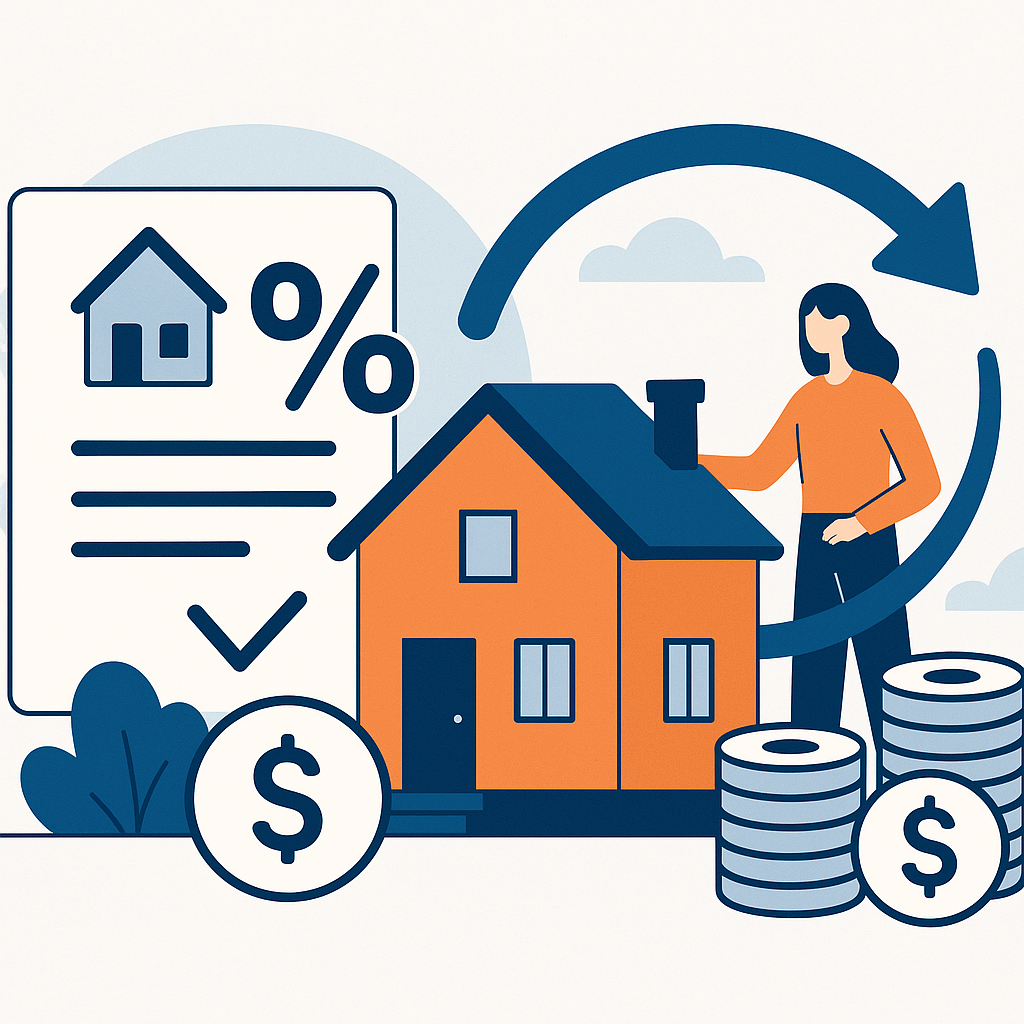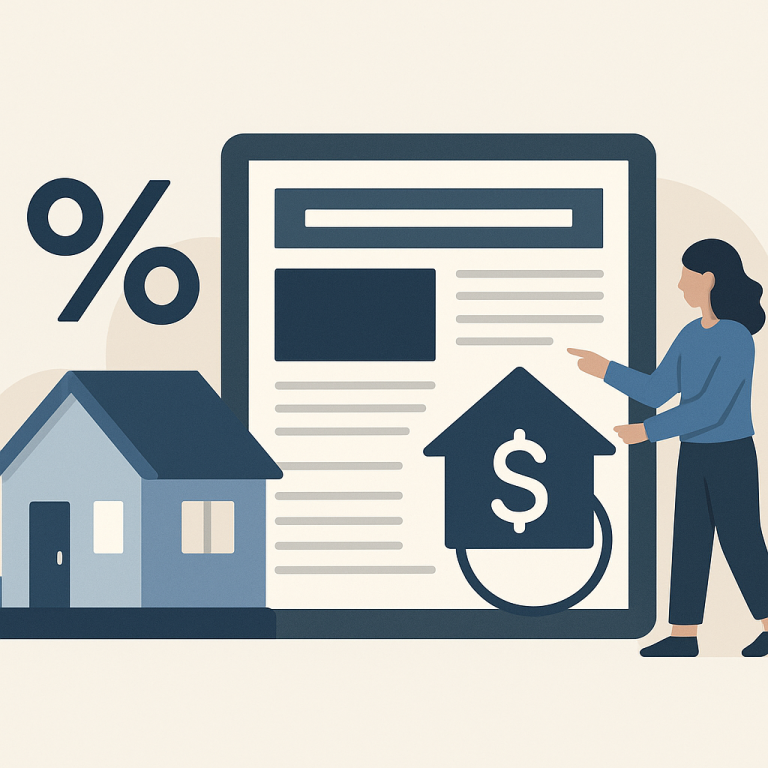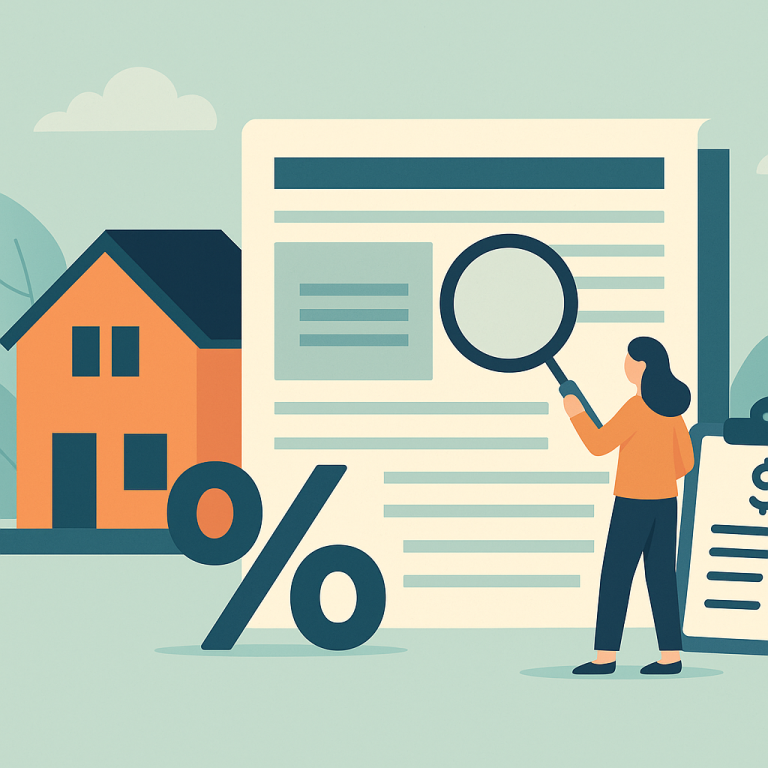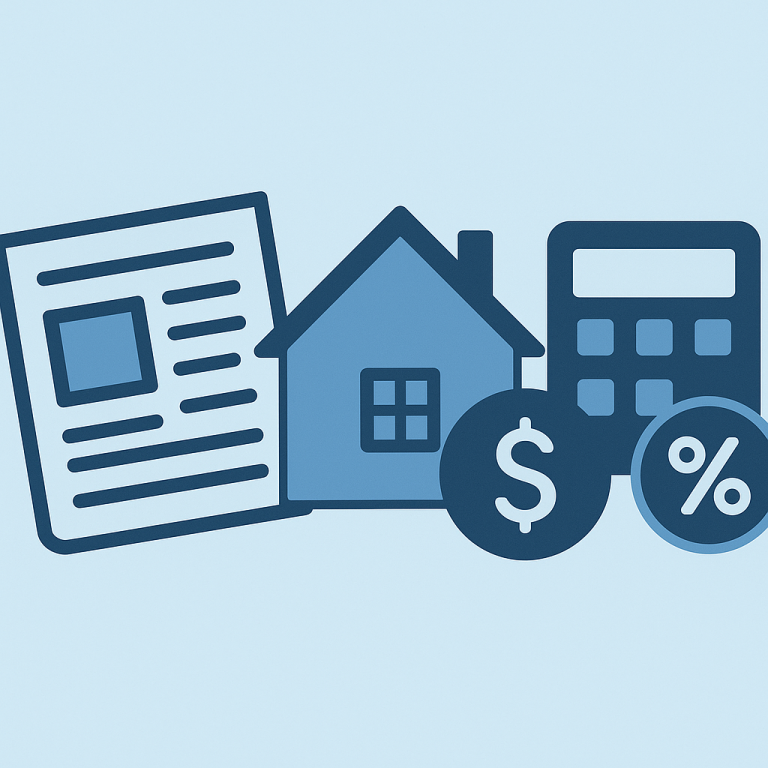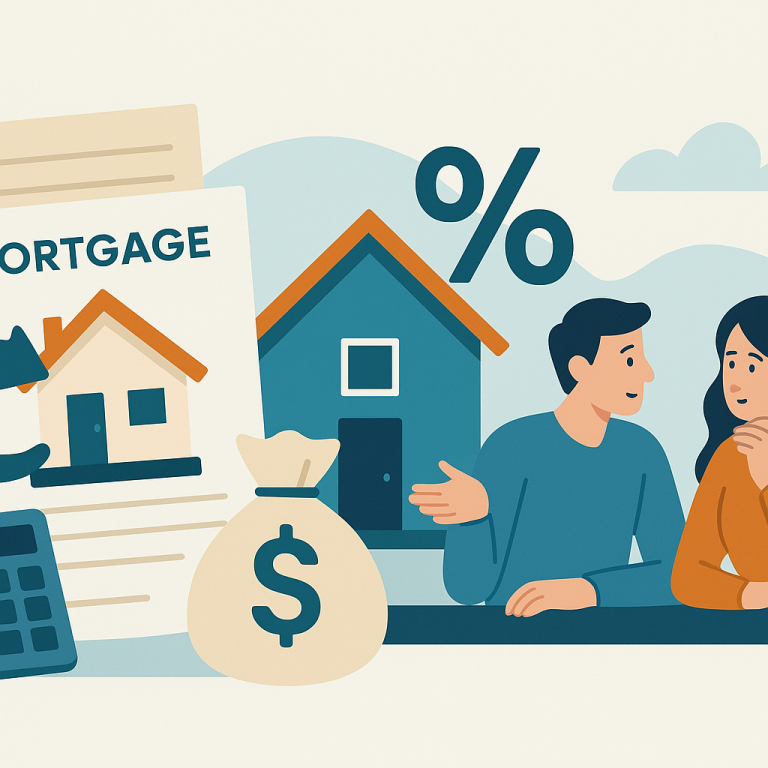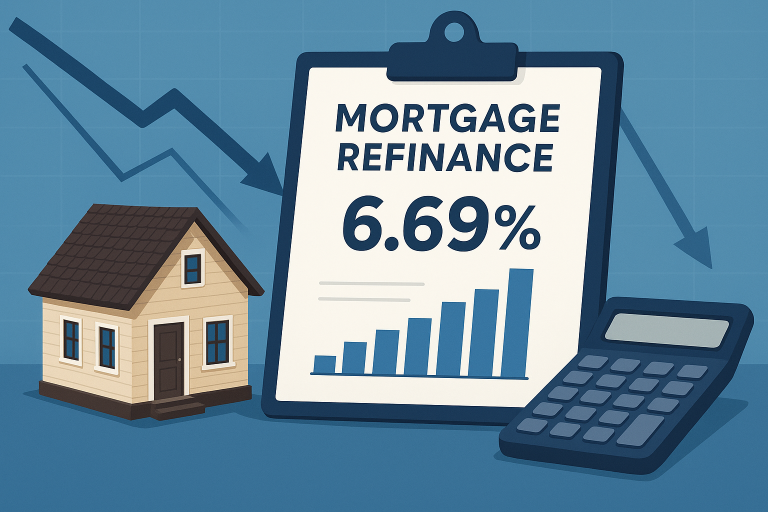30-Year Mortgage Rate Falls 0.3%, Refinance Applications Rise 12% This Week
Refinancing Demand Softens as Rates Stabilize; Borrowers Reassess Benefits
Refinancing activity has eased in recent weeks as mortgage rates moved away from the record lows that prompted a wave of refinances earlier. Market participants report that homeowners are becoming more selective about refinancing, focusing on specific financial goals rather than pursuing rate reductions reflexively.
Market shifts and lender reactions
After a period of rapid originations, lenders have adjusted capacity and product mixes to reflect lower overall demand. Some firms are narrowing margins on standard rate-and-term refinances while offering targeted incentives for borrowers with substantial equity or strong credit profiles. At the same time, lenders have been cautious about expanding credit for borrowers whose income or employment picture is less stable.
Industry observers note that change in borrower behavior is also influencing the types of refinance products in circulation. Cash-out refinances have become less prominent relative to refinances aimed at shortening loan terms or reducing monthly payments. Secondary market conditions and hedging costs have played a role in how competitively lenders can price different refinance options.
What this means for homeowners
For many homeowners, the decision to refinance is increasingly outcome-driven. Rather than refinancing simply because a rate is lower than the original mortgage, borrowers are weighing whether an individual refinance will meet a specific financial objective—such as lowering monthly payments, shortening the loan term, consolidating higher-interest debt, or tapping home equity for planned expenses.
- Calculate the break-even point: Compare closing costs to monthly savings to determine how long it will take for the refinance to pay for itself. A shorter expected stay in the home reduces the chance the refinance will be beneficial.
- Be clear about the objective: Rate reduction, term shortening and cash-out each have different trade-offs. Align the loan structure with your primary goal.
- Watch for rate locks and fees: Lenders may offer competitive initial rates but vary on fees, points and lock policies. Factor all costs into the decision.
- Check documentation readiness: Strong credit, steady income documentation and clear title work typically shorten processing time and improve access to better pricing.
- Avoid unnecessary cash-out: Tapping home equity can be useful for certain projects, but it increases loan balance and may reduce flexibility if rates rise later.
- Shop and compare: Solicit multiple offers, including from traditional banks, credit unions and reputable online lenders. Product features and service levels can differ materially.
Next steps for borrowers
Homeowners considering a refinance should start with a clear calculation of expected savings and an assessment of how long they plan to remain in the home. If the refinance meets a defined financial need and the break-even analysis supports it, moving forward may make sense. If the benefits are marginal, borrowers may prefer to wait for clearer rate direction or seek alternative strategies, such as targeted payments toward principal or debt consolidation outside of home equity.
Mortgage professionals and financial advisers can provide personalized projections and explain product nuances. Given current market dynamics, careful comparison shopping and a focus on specific goals will help borrowers determine whether refinancing is the right move for their situation.
META: refinancing news — demand softening and lender response; homeowner takeaways included

